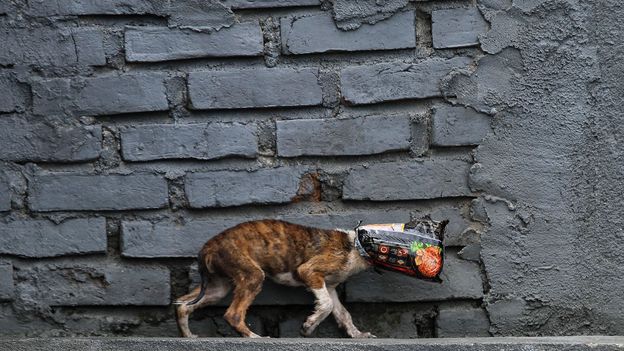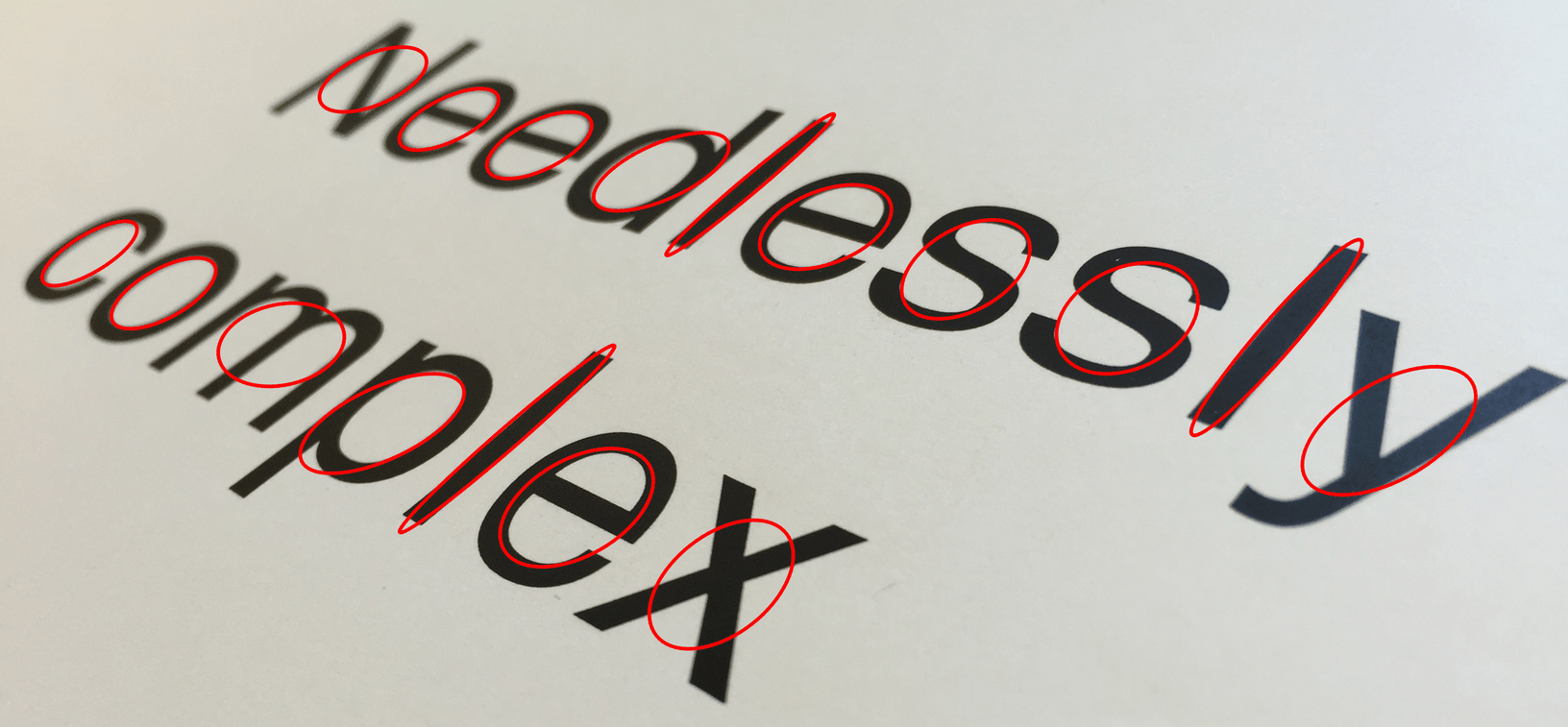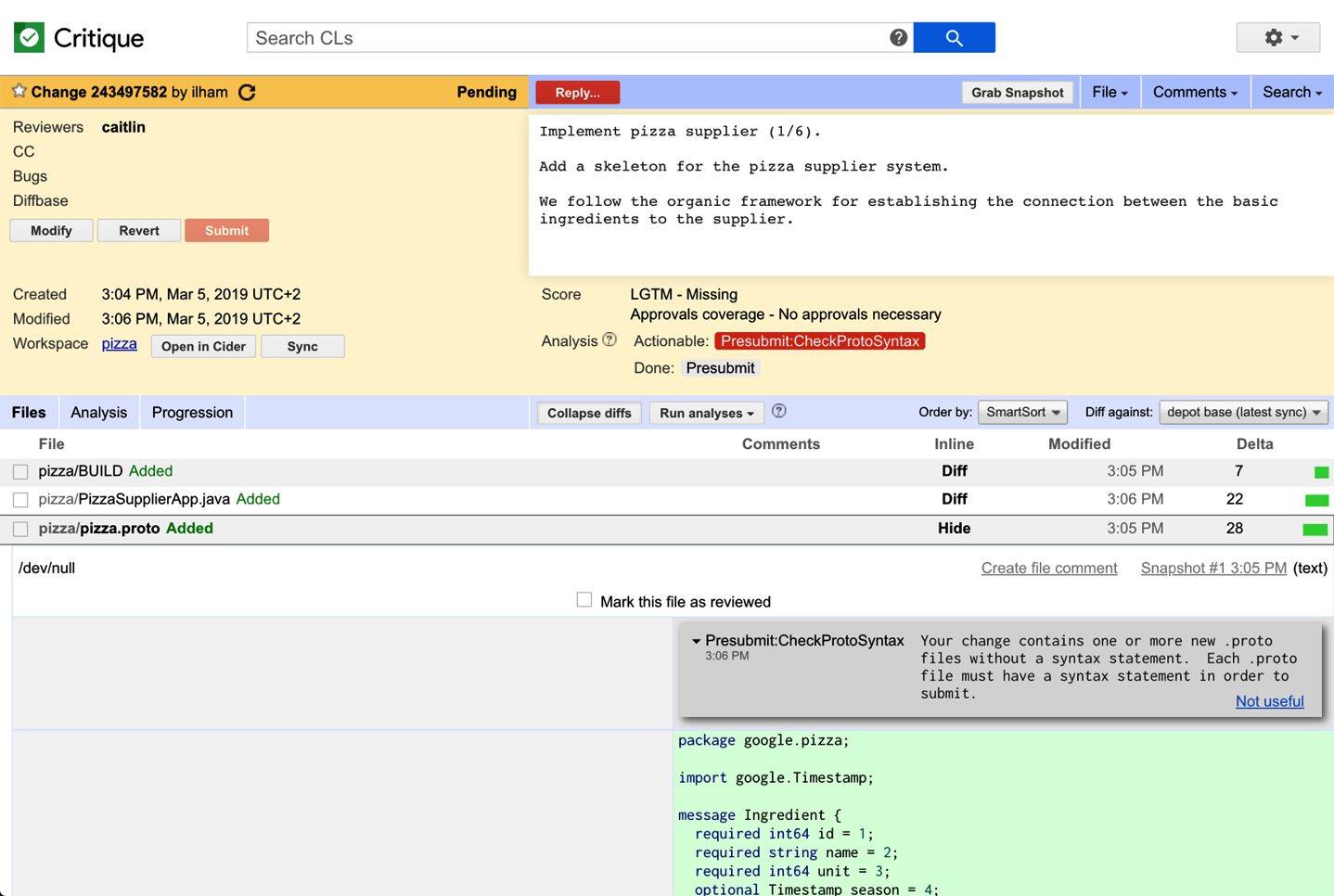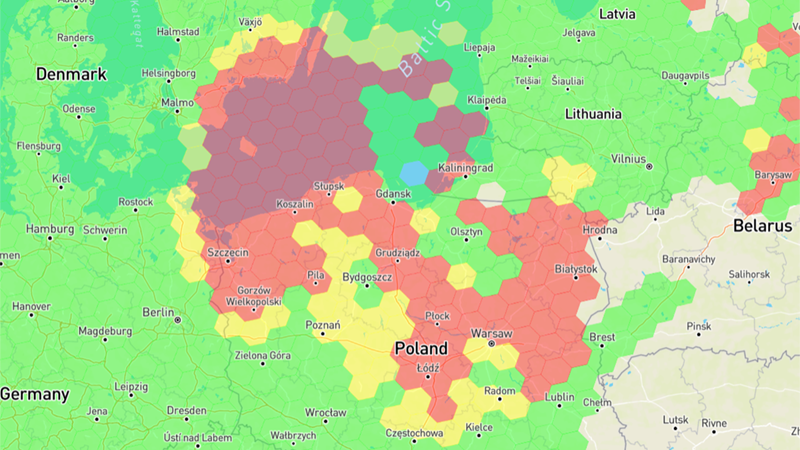
Cassava: The perilous past and promising future of a toxic but nourishing crop
Stephen Wooding receives funding from Project Amazonas, a non-profit organization supporting humanitarian and research projects in the Peruvian Amazon.
The three staple crops dominating modern diets – corn, rice and wheat – are familiar to Americans. However, fourth place is held by a dark horse: cassava.
While nearly unknown in temperate climates, cassava is a key source of nutrition throughout the tropics. It was domesticated 10,000 years ago, on the southern margin of the Amazon basin in Brazil, and spread from there throughout the region. With a scraggly stem a few meters tall, a handful of slim branches and modest, hand-shaped leaves, it doesn’t look like anything special. Cassava’s humble appearance, however, belies an impressive combination of productivity, toughness and diversity.
Over the course of millennia, Indigenous peoples bred it from a weedy wild plant into a crop that stores prodigious quantities of starch in potatolike tubers, thrives in Amazonia’s poor soils and is nearly invulnerable to pests.
















